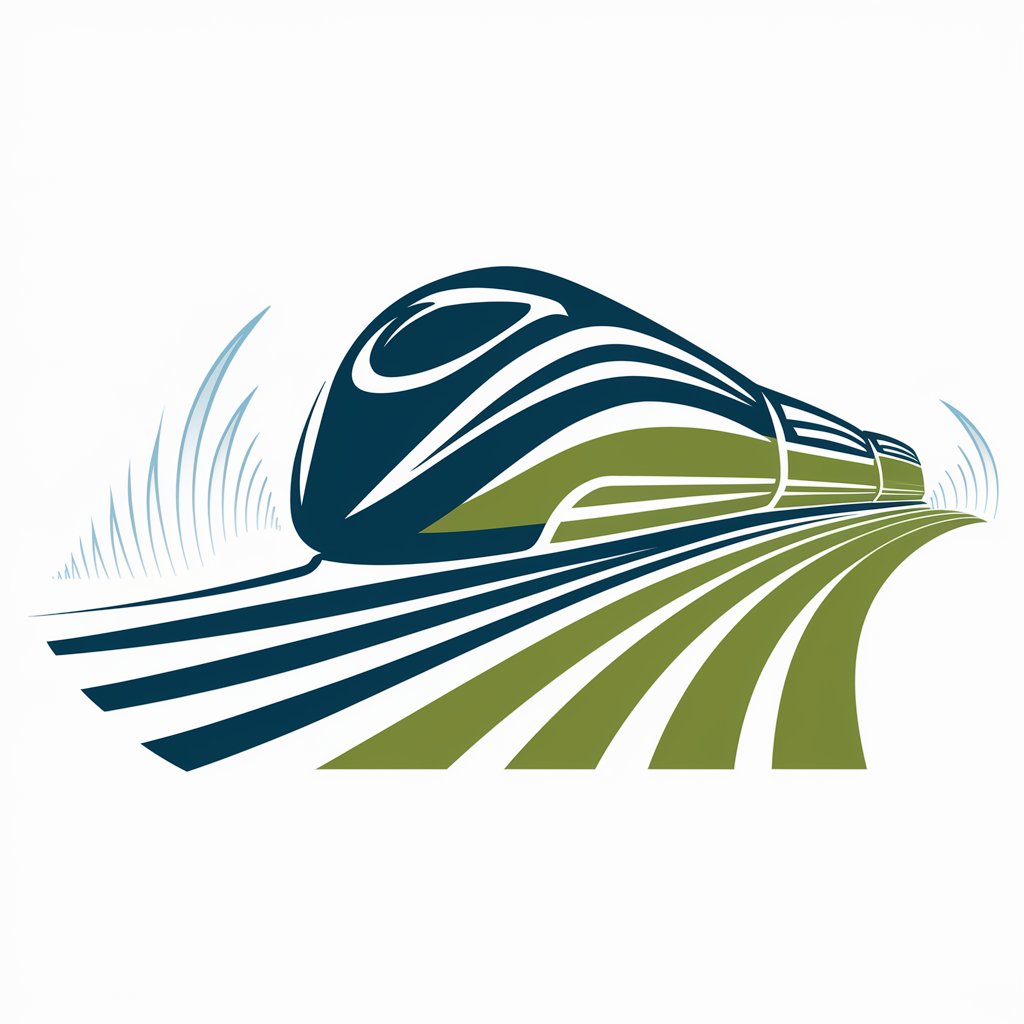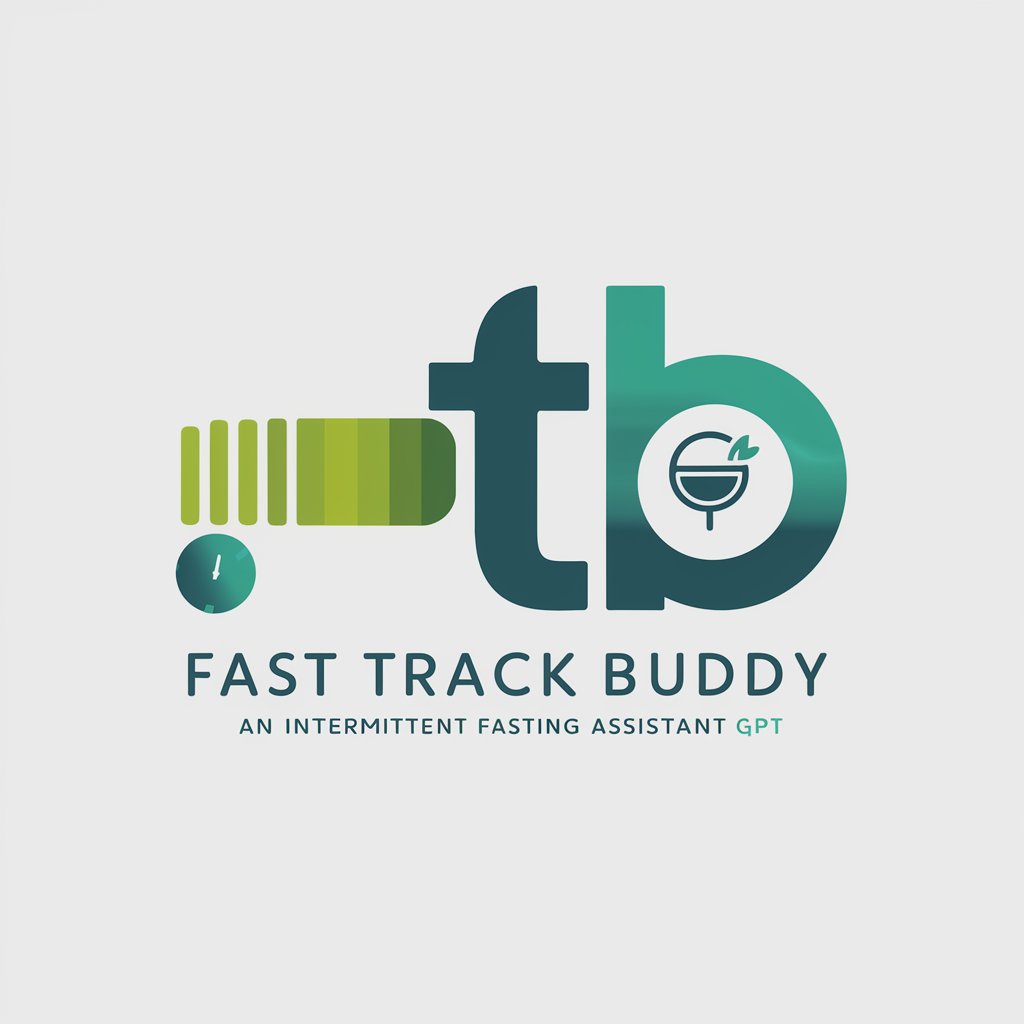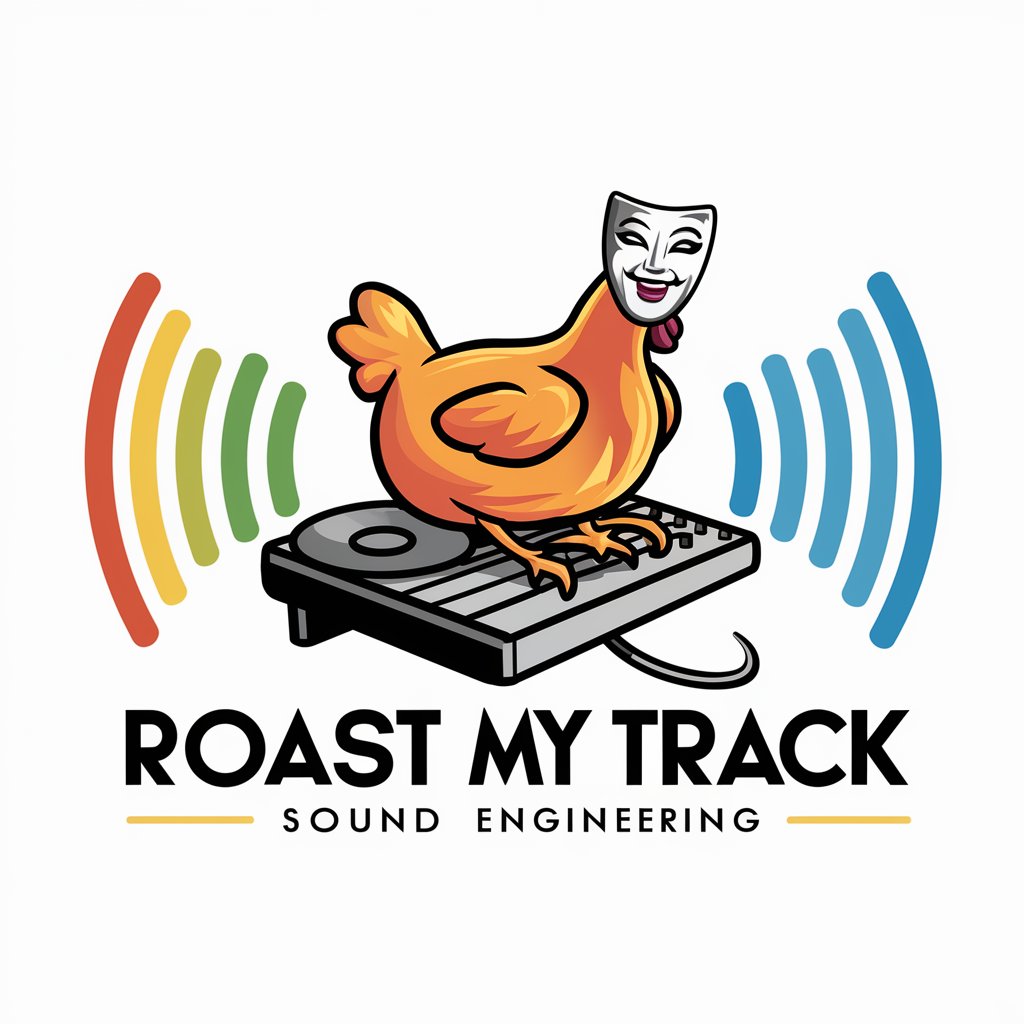Vehicle Track Coupled Dynamics - In-depth Rail Dynamics Study

Welcome to the Vehicle-Track Dynamics knowledge hub!
Master Rail Dynamics with AI Power
How does vehicle-track coupled dynamics affect high-speed rail systems?
What are the latest advancements in rail transit vibration modeling?
Can you explain the impact of ground vibrations on nearby structures?
What methodologies are used to predict train-induced vibrations?
Get Embed Code
Introduction to Vehicle Track Coupled Dynamics
Vehicle Track Coupled Dynamics (VTC Dynamics) is an analytical framework and simulation methodology focused on the interaction between rail vehicles and track structures. The core of VTC Dynamics is the modeling of both vehicle dynamics and track response under dynamic loads, which is crucial for assessing the performance, safety, and comfort of rail systems. The theory considers various factors such as vehicle speed, track irregularities, vehicle suspension systems, and track stiffness. An example illustrating its application is the simulation of train passage over different track conditions to predict potential track damages and ride quality issues. Powered by ChatGPT-4o。

Main Functions of Vehicle Track Coupled Dynamics
Simulation of Dynamic Responses
Example
Using VTC Dynamics, engineers can simulate the dynamic response of trains running over high-speed lines. This helps in optimizing track design to reduce vibrations and enhance passenger comfort.
Scenario
High-speed train operations where minimizing vibrations is critical for both structural integrity and comfort.
Assessment of Track Durability
Example
The methodology can be employed to assess the long-term durability of tracks under repeated train loads, aiding in maintenance planning and track design improvements.
Scenario
Heavy freight corridors where track wear and degradation can lead to significant maintenance costs and operational disruptions.
Design and Evaluation of Mitigation Measures
Example
VTC Dynamics is used to evaluate the effectiveness of vibration mitigation measures like under-ballast mats or engineered metabarriers installed along the track.
Scenario
Urban rail systems close to sensitive structures where excessive vibration could cause damage or nuisance.
Ideal Users of Vehicle Track Coupled Dynamics Services
Railway Engineers and Designers
Professionals involved in the design, maintenance, and upgrading of railway infrastructure would benefit from VTC Dynamics by obtaining detailed insights into track and vehicle interactions, helping optimize both elements for improved safety and efficiency.
Urban Planners and Consultants
Urban planners and consultants focusing on the integration of rail systems within city infrastructure can use VTC Dynamics to assess and mitigate the impact of rail-induced vibrations on urban environments and structures.
Research and Development Teams
R&D teams in rail manufacturing and track systems companies use VTC Dynamics for developing new technologies and solutions for rail systems, enhancing the overall quality and performance of rail transport.

Guidelines for Using Vehicle Track Coupled Dynamics
Step 1
Visit yeschat.ai for a free trial without login, and there's no need for ChatGPT Plus.
Step 2
Explore the available literature and resources related to rail transit dynamics to familiarize yourself with the foundational concepts necessary for effective use of the tool.
Step 3
Identify specific rail transit issues or research questions where vehicle-track interaction is a key factor, as these are primary use cases for this tool.
Step 4
Use the tool's functionalities to simulate and analyze vehicle-track interaction, modifying parameters to fit your specific scenario and gather data.
Step 5
Leverage the tool's output for detailed analysis and optimization of rail transit systems, integrating results into your development or research projects.
Try other advanced and practical GPTs
DJ Track Finder
Discover tracks with AI-powered precision

🍏 Fast Track Buddy 🕒
Revolutionize Your Fasting with AI

Roast my track
Sharpen Your Sound with AI

TOEIC得点に応じた学習教材作成ボットV1.2
Tailor Your English Learning with AI

1on1 フィードバック:アイリーニGPT
Empowering Your Professional Journey with AI

Stratford Upon Avon Daily
Your AI-powered local guide to Stratford Upon Avon.

Good Enough Parents
Empowering Parents with AI Guidance

One Billion is Enough!
Harness AI to debate wealth limits

Die A Hero or Live Long Enough
Craft Your Adventure, AI-Enhanced

Have I had enough to drink
Quench your curiosity with AI wit!

CM Writer
Craft Elegant Content Effortlessly

CM test
Empowering Your Investments with Expert Wisdom

Detailed Q&A on Vehicle Track Coupled Dynamics
What is Vehicle Track Coupled Dynamics?
Vehicle Track Coupled Dynamics is a specialized area of engineering that focuses on the interaction between rail vehicles and the track structure. It involves analyzing how these interactions affect the dynamics of the vehicle and the track, as well as the overall stability and performance of rail systems.
How can this tool help in reducing rail transit vibrations?
The tool simulates the dynamic interaction between vehicles and tracks, allowing engineers to predict and analyze vibration levels. By adjusting design parameters, one can explore various mitigation strategies to reduce vibrations effectively.
What types of rail systems can benefit from this tool?
Both high-speed trains and urban transit systems can benefit. The tool is versatile enough to handle different rail types, including conventional railways, high-speed tracks, and urban tramways.
Can the tool simulate environmental impacts of rail systems?
Yes, it can model the propagation of vibrations into the surrounding environment, aiding in the assessment of potential impacts on nearby structures and helping in the design of mitigation measures such as vibration barriers or new track geometries.
What is the importance of interface interactions in this tool?
Interface interactions between the train wheels and track play a crucial role in the dynamics studied by this tool. Understanding these interactions helps in optimizing track design and maintenance to enhance performance and safety.
